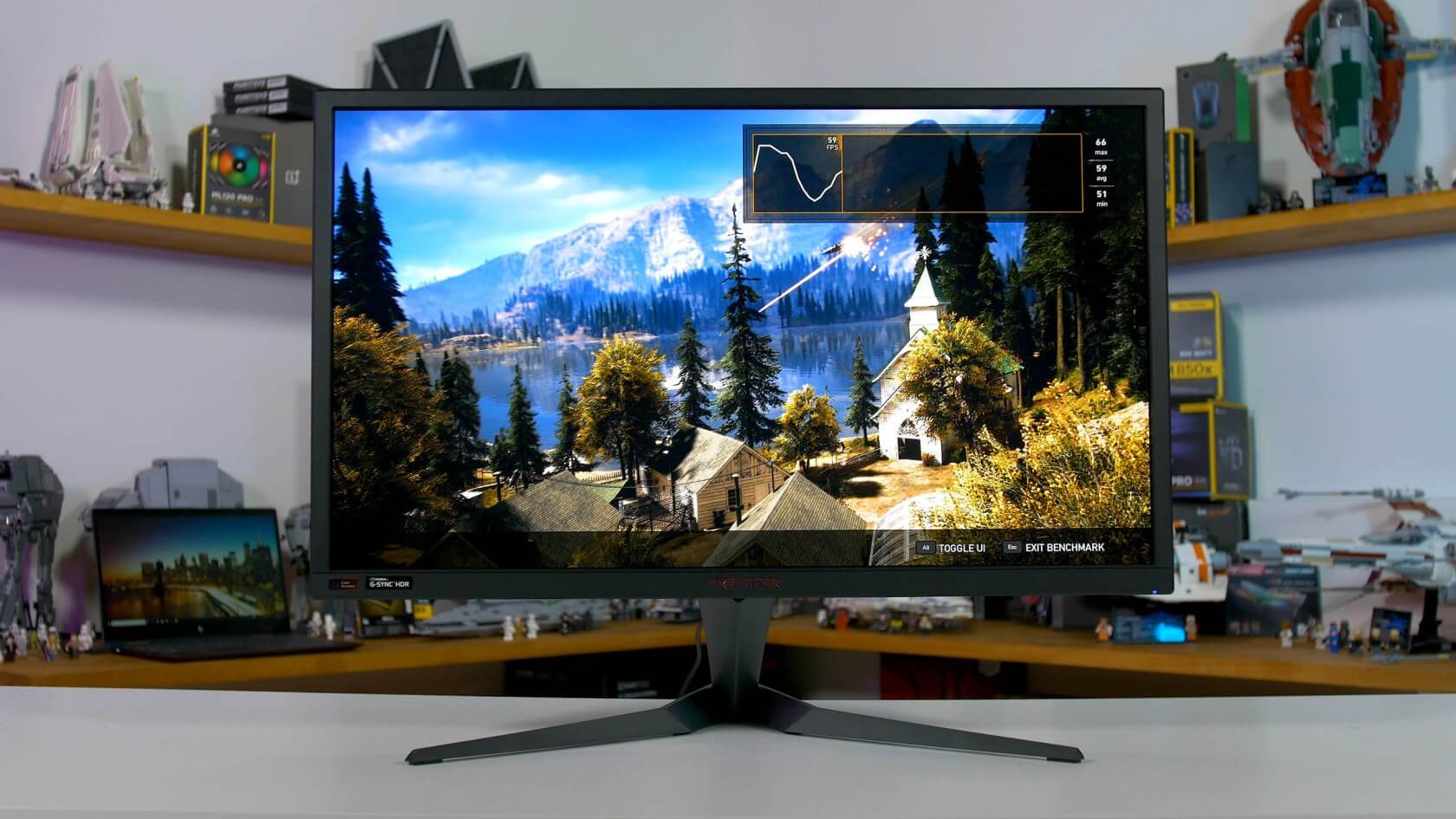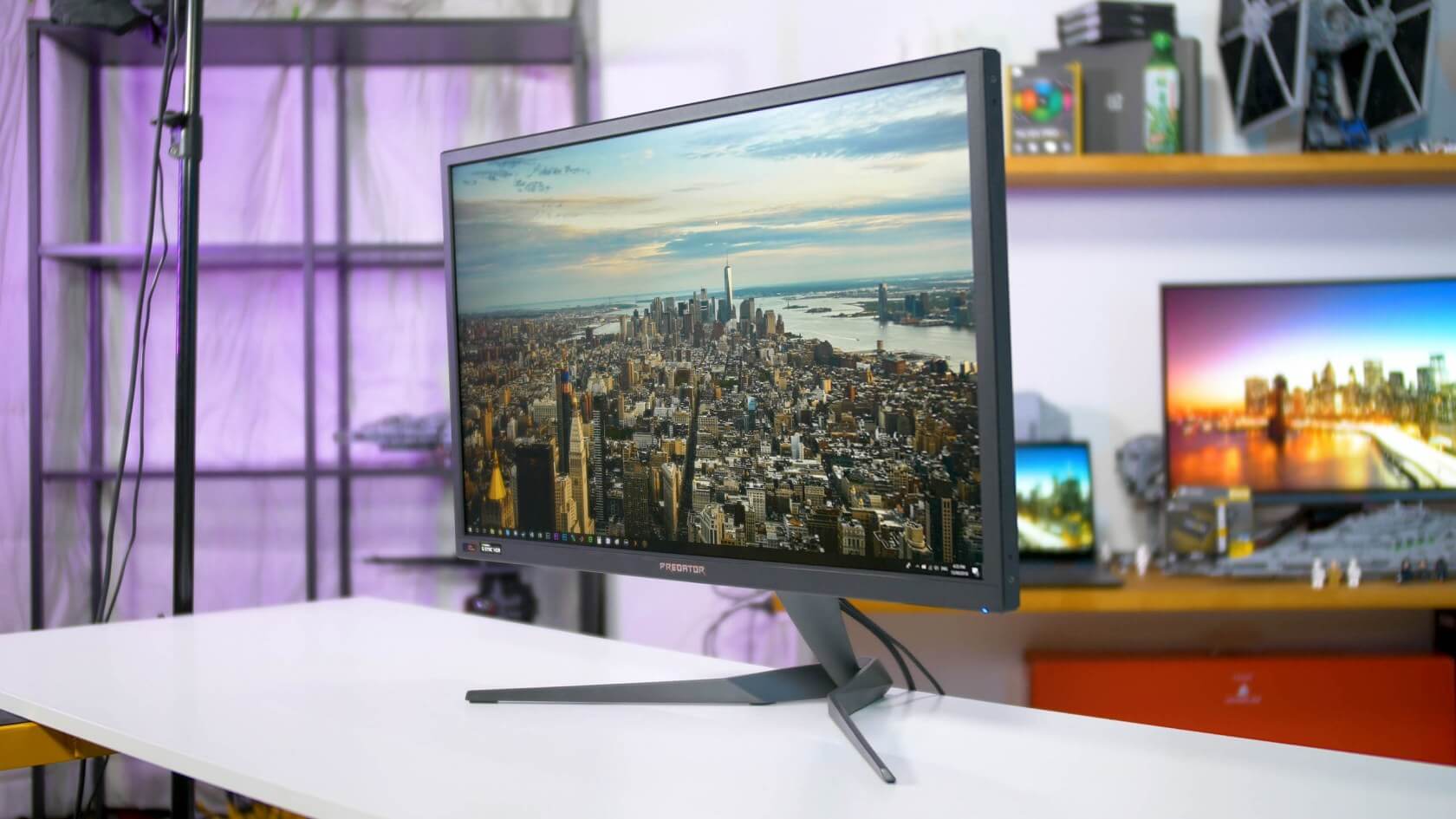In context: If you're a fan of clear, ultra-bright displays, you're probably already aware of the Visual Electronics Standards Association's (VESA) DisplayHDR certification system. This system acts as an open standard for HDR monitor makers to abide by – if their devices can fit various criteria, they can be stamped with the appropriate VESA certification.
These certifications start at DisplayHDR 400, which covers displays that can reach a peak brightness of 400 nits, and end at DisplayHDR 1,000. Until now, that is. Today, VESA unveiled DisplayHDR 1400, the highest-tier certification an HDR monitor maker can possibly achieve. Doing so won't be easy, though, as DisplayHDR 1400 (and DisplayHDR as a whole) now has some pretty tight requirements.
For starters, DisplayHDR 1400-certified monitors must feature active dimming technology (which boosts blacks and reduces power consumption), they must pass more stringent color gamut tests (performance requirements have been raised to 95 percent of DCI-P3-D65), and their DisplayPort (DP) interface must undergo separate DP VESA certification.

Back to DisplayHDR 1400 itself – what benefits does it bring to the table? The first and most obvious update is improved brightness: DisplayHDR 1400-certified displays must be capable of reaching 1,400 nits of brightness, while boasting a 2.5x reduction in black levels. This, combined with the stricter color performance requirements mentioned before, should make DisplayHDR 1400 devices ideal for professional content creators.
"As a long-time maker of leading professional displays, ASUS knows that true-to-life visual accuracy and stable, reliable performance are critical to content creators," Asus associate VP Vincent Chiou said in a statement. "With the latest DisplayHDR 1400 standard, VESA enables a new level of display realism, giving creators a new way to see their content and bring their projects to life." Chiou was quick to point out that one of Asus' own monitors, the ProArt PA32UCG, supports this spec.
We look forward to reviewing DisplayHDR 1400-certified monitors in the future, but if you're in the market for a high-end HDR display now, feel free to check out our round-up of the best monitors of 2019.
